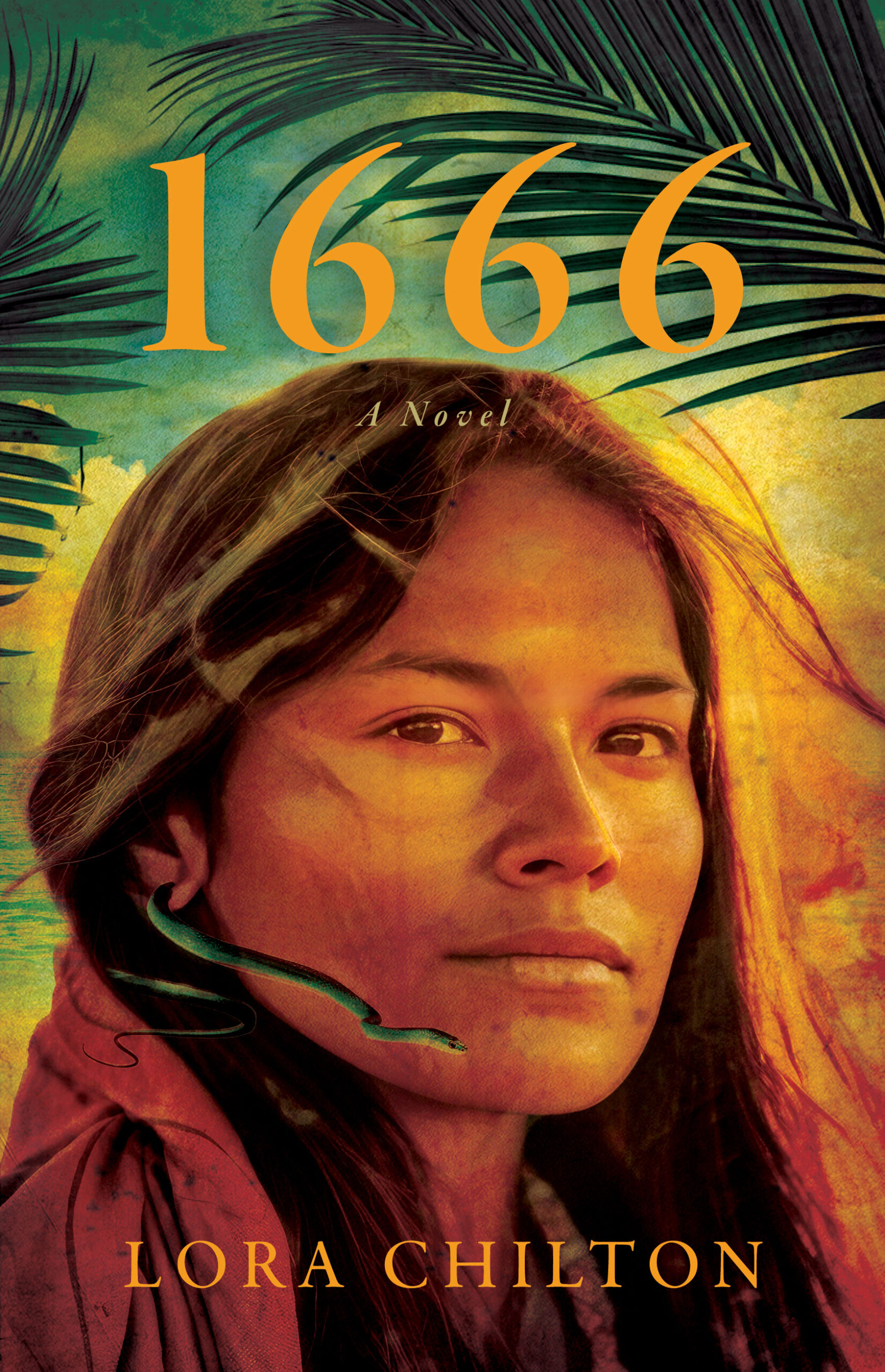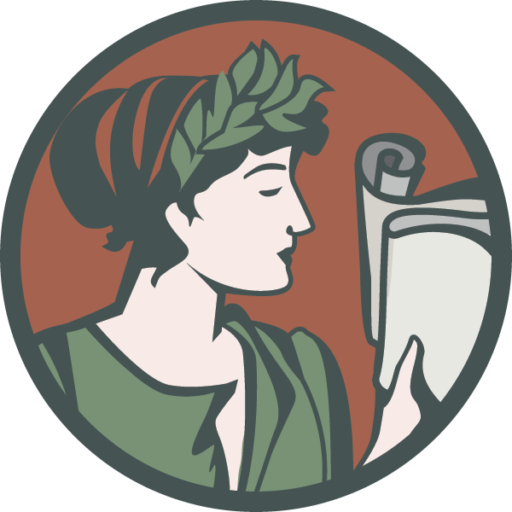
1666: A Novel
BY LORA CHILTON
The survival story of the Patawomeck Tribe of Virginia has been remembered within the tribe for generations, but the massacre of Patawomeck men and the enslavement of women and children by land hungry colonists in 1666 has been mostly unknown outside of the tribe until now. Author Lora Chilton, a member of the tribe through the lineage of her father, has created this powerful fictional retelling of the survival of the tribe through the lives of three women.
1666: A Novel
BY LORA CHILTON
The survival story of the Patawomeck Tribe of Virginia has been remembered within the tribe for generations, but the massacre of Patawomeck men and the enslavement of women and children by land hungry colonists in 1666 has been mostly unknown outside of the tribe until now. Author Lora Chilton, a member of the tribe through the lineage of her father, has created this powerful fictional retelling of the survival of the tribe through the lives of three women.
1666: A Novel is the imagined story of the Indigenous Patawomeck women who lived through the decimation of their tribe in the summer of 1666. Told in first person point of view, this historical novel is the harrowing account of the Patawomeck women who were sold and transported to Barbados via slave ship. The women are separated and bought by different sugar plantations, and their experiences as slaves diverge as they encounter the decadence and clashing cultures of the Anglican, Quaker, Jewish and African populations living in sugar rich “Little England” in the 1660’s. The book explores the Patawomeck customs around food, family and rites of passage that defined daily life before the tribe was condemned to “utter destruction” by vote of the Virginia General Assembly. The desire to return to the land they call home fuels the women as they bravely plot their escape from Barbados.
With determination and guile, Ah’SaWei WaTaPaAnTam (Golden Fawn) and NePa’WeXo (Shining Moon) are able to board separate ships and make their way back to Virginia to be reunited with the remnant of the tribe that remained. It is because of these women that the tribe is in existence to this day.
This work of historical fiction is based on oral tradition, written colonial records and extensive research by the author, including study of the language. The book uses indigenous names for the characters and some of the Patawomeck language to honor the culture and heritage that was erased when European colonization of the Americans began in the 16th century. The book includes a glossary for readers unfamiliar with the language and names.







